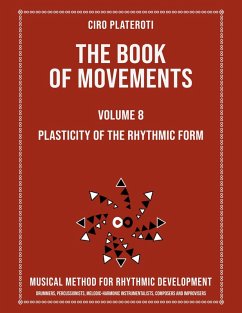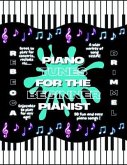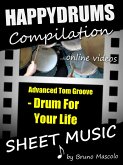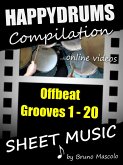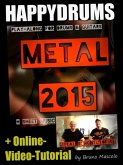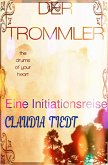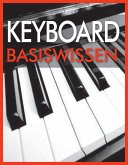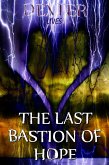A melody without rhythm would turn out to be just a succession of notes without direction, without order, drifting. Harmony without rhythm would also be a set of superimposed sound events, with little or no meaning. Both harmony and melody to gain meaning and dynamism totally depend on a factor that orders their components and this is the rhythm factor. Throughout my career as a drum and percussion teacher, I have had to teach many musicians, both in the melodic and harmonic areas, who attended my classes in order to specifically improve the rhythmic aspect of their expression. As a result of such experiences, I present here this kind of encyclopedia that compiles thousands of rhythmic models, and some exercises to work on different aspects, introducing a concept that I call Plasticity of the rhythmic form with which we play, modifying a rhythmic model in its forms and heights of sound, focusing on the dynamism that we inject into it when playing, syntactic formulas are also included to compose phrases and some extra concepts such as rhythmic harmony . One of the central axes is the exercise of models through singing, to expand the language and rhythmic feeling on any instrument, whether wind, string, harmonic or rhythmic melodic area, pianists, guitarists, trumpeters, clarinettists, etc. and of course drummers and percussionists of all kinds. Rhythm is life, it is movement, it is power, confidence, fluidity, and order, it is silence and duration that define the structure of a musical phrase (any musical phrase is better heard if its rhythm is defined) Rhythm gives meaning and shape to both harmonic and melodic speech, and the more forms we learn, the greater our possibilities for musical creation and expression. In volume 8 of the book of movements, 6561 rhythmic models are exposed separately, being all the possibilities that exist in 2/4 meter, subdividing the pulse into quarter notes, eighth notes and sixteenth notes. These models are very useful in all fields of musical practice, each requiring unique body balance and coordination. Each of these rhythmic models is a musical object in itself, a form, a skeleton, a structure which we must know, experience and memorize, intellectually, bodily and emotionally, for this purpose, they are grouped by number of strokes so that each musician can clearly identify and combine them when composing, improvising or performing music. Unlike previous volumes in the "Book of Movements" collection, this issue is written in traditional musical notation. Accompanying this mini encyclopedia, we will find some concepts and ideas for musicians which will guide us to give direction to our musical discourse.
Dieser Download kann aus rechtlichen Gründen nur mit Rechnungsadresse in A, B, CY, CZ, D, DK, EW, E, FIN, F, GR, H, IRL, I, LT, L, LR, M, NL, PL, P, R, S, SLO, SK ausgeliefert werden.

